Favorite Shrubs besides Roses?
ArbutusOmnedo 10/24
9 years ago
Related Stories
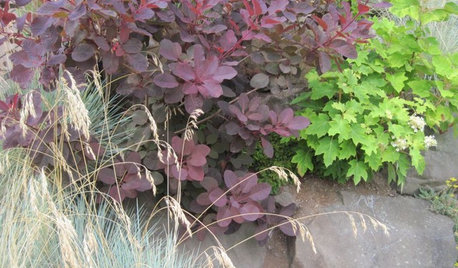
PURPLE FOLIAGE5 Purple-Leaf Majesties of Shrubs
Looking for beautiful depth and dynamism in your landscape? Just add purple
Full Story
GARDENING GUIDES8 Deer-Resistant Elegant Evergreen Shrubs to Plant This Fall
Who knew that such beautiful shrubs could be deer-resistant?
Full Story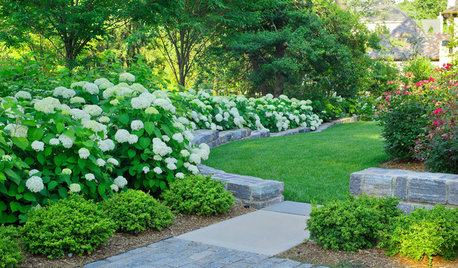
FLOWERS AND PLANTS10 Essential Shrubs for Mid-Atlantic Gardens
Easy-to-grow mid-Atlantic native shrubs celebrate the character of the region
Full Story
FALL GARDENING9 Deer-Resistant Flowering Shrubs to Plant This Fall
These exquisite shrubs will attract your attention but won’t tempt the deer that roam your neighborhood at night
Full Story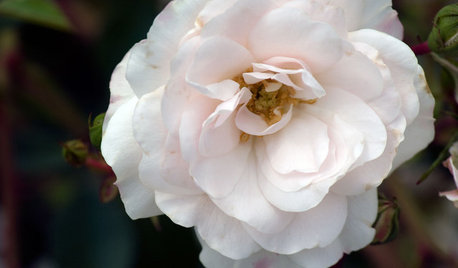
GARDENING GUIDES5 Favorite White Roses for a Purely Beautiful Garden
How does your garden glow? With roses that look like light and smell divine
Full Story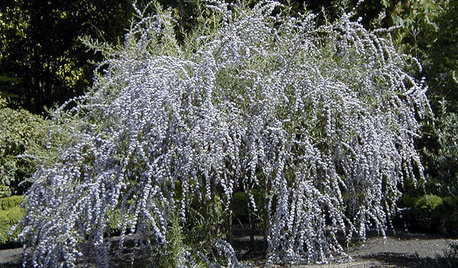
GARDENING AND LANDSCAPINGVase Shapes Set Shrubs Apart
Billowing on top and slender on the bottom, shrubs in a vase shape showcase blooms and foliage to perfection in the landscape
Full Story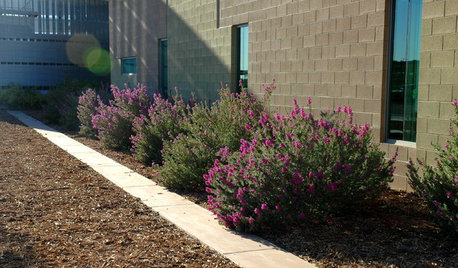
GARDENING GUIDESHow to Avoid Overcrowded, Overpruned Shrubs
Go for a more natural look that’s easier and less expensive to maintain by giving your plants the right amount of growing room
Full Story
GARDENING GUIDESWhat Kind of Roses Should You Grow?
Want to add the beauty of roses to your garden? Find out which ones, from old-fashioned to modern, are right for you
Full Story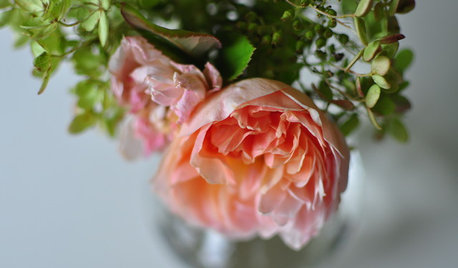
GARDENING GUIDESRoses: Crowning Touch of Gardens
Whether you're the Miss or Mister America of gardening or take a hands-off approach, roses can be a winning addition to your landscape
Full Story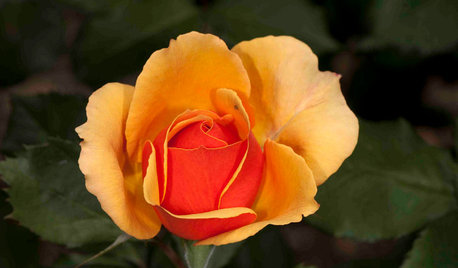
SPRING GARDENING5 Exotic Rose Colors for a Beautifully Different Garden
Give red a rest. Let these daring hues take the spotlight instead for a rose garden that turns heads
Full StorySponsored
Leading Interior Designers in Columbus, Ohio & Ponte Vedra, Florida
More Discussions











view1ny NY 6-7
roseseek
Related Professionals
Beachwood Landscape Architects & Landscape Designers · North New Hyde Park Landscape Architects & Landscape Designers · Vernon Hills Landscape Architects & Landscape Designers · Berwyn Landscape Contractors · El Segundo Landscape Contractors · Fairhope Landscape Contractors · Fort Wayne Landscape Contractors · Garland Landscape Contractors · Los Banos Landscape Contractors · Merced Landscape Contractors · Pleasant Grove Landscape Contractors · South Lyon Landscape Contractors · Winchester Landscape Contractors · League City Swimming Pool Builders · Tustin Siding & Exteriorsluxrosa
dublinbay z6 (KS)
ArbutusOmnedo 10/24Original Author
roseseek
rosefolly
ArbutusOmnedo 10/24Original Author
monarda_gw
catspa_NoCA_Z9_Sunset14
User
catspa_NoCA_Z9_Sunset14
monarda_gw
nikthegreek
Michaela (Zone 5b - Iowa)
seil zone 6b MI
socks
harborrose_pnw
ingrid_vc so. CA zone 9
patty57
User
ms. violet grey
the_bustopher z6 MO
cath41
nikthegreek
User
gothiclibrarian
catspa_NoCA_Z9_Sunset14
nikthegreek
boncrow66
annesfbay
true_blue
Molineux
roseseek
catspa_NoCA_Z9_Sunset14
cramoisi
Vicissitudezz
Kes Z 7a E Tn
jerijen
Tessiess, SoCal Inland, 9b, 1272' elev
ArbutusOmnedo 10/24Original Author
Marlorena
aegis1000
ArbutusOmnedo 10/24Original Author
roseseek
ArbutusOmnedo 10/24Original Author
roseseek
Vicissitudezz